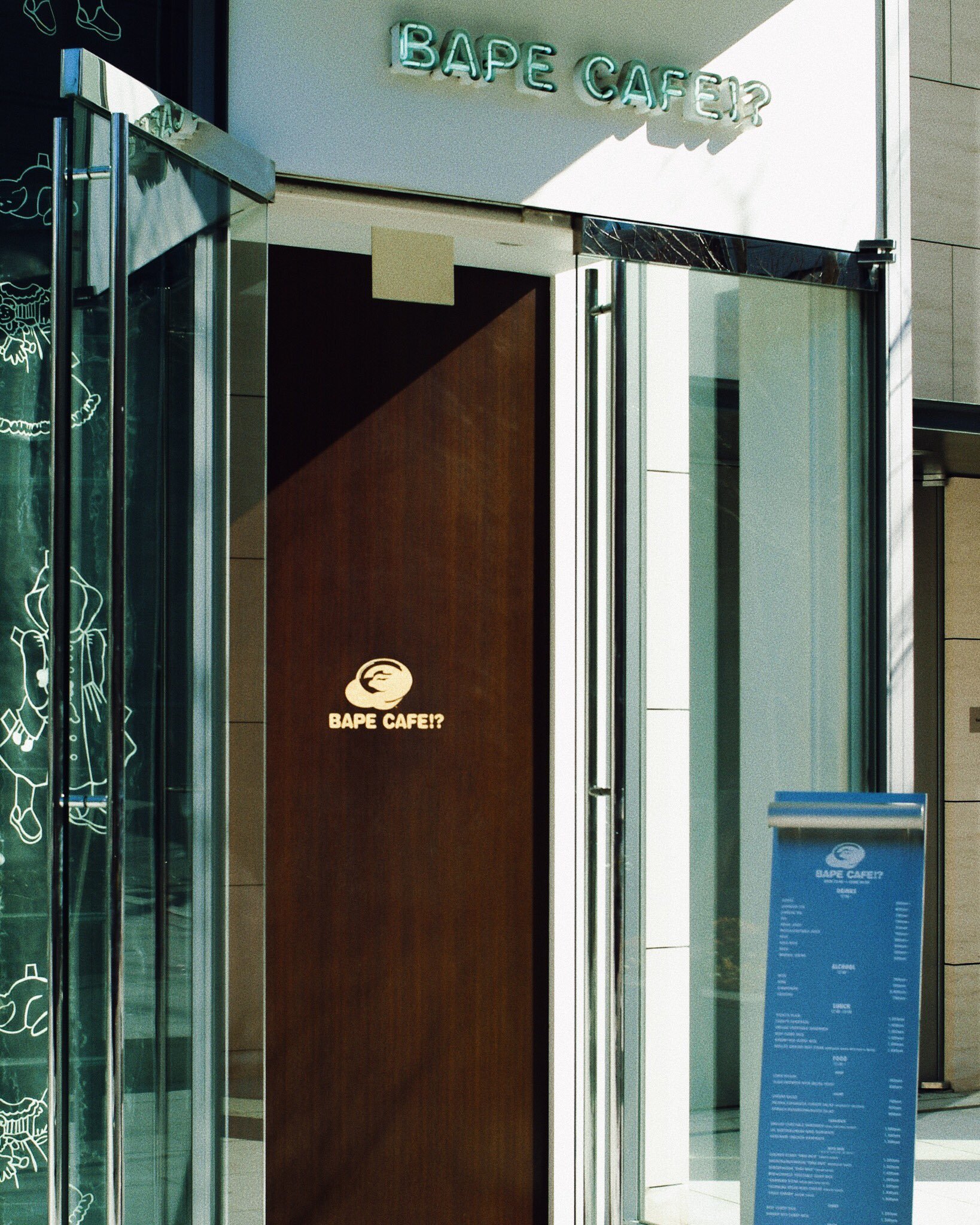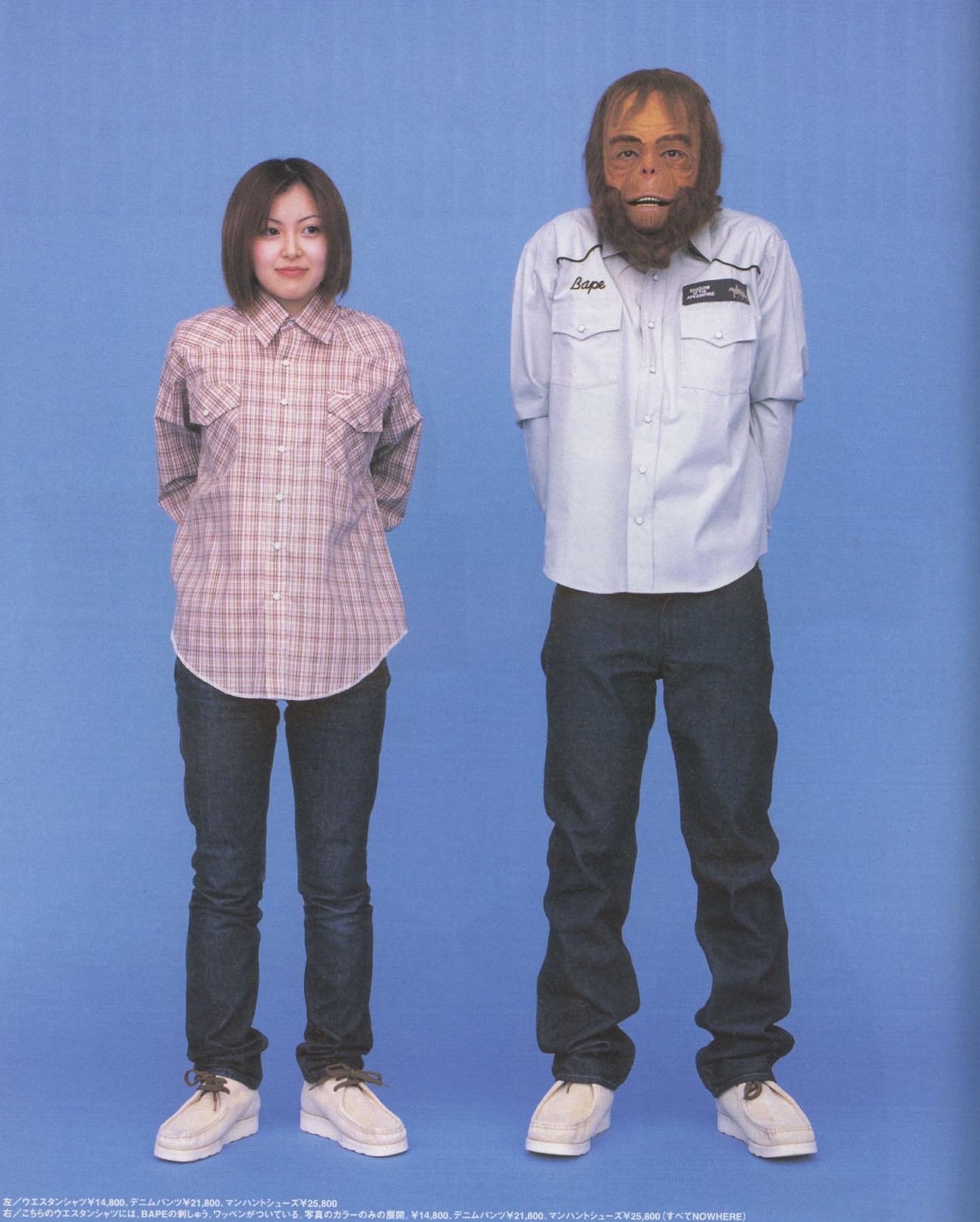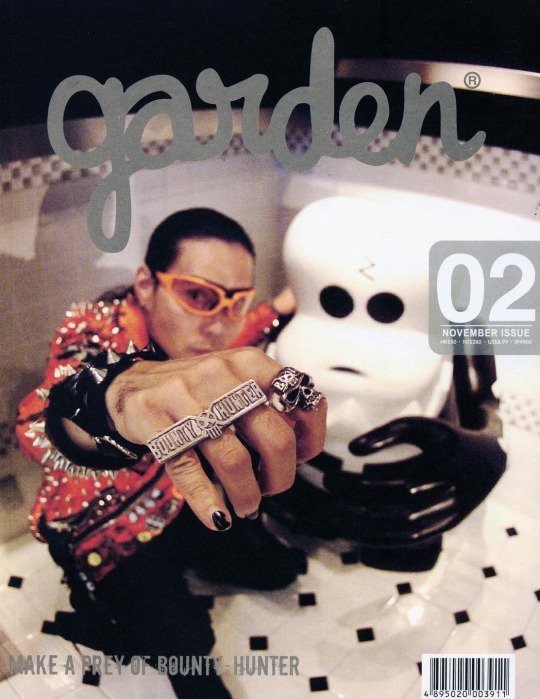Bape Cafe!?® - How Nigo Pioneered Experience Marketing

In recent days, luxury brands have shown great endeavors in offering consumer experiences not revolving around mere consumption but underpinning a lifestyle aligned with a brand's ethos. Boosted by the advent of Covid-19, which has plunged society into deprivation of memorable moments, brands understood the impact of expanding their identities onto experiential media. Yet, there is someone who sensed this decades earlier, and it's no surprise that his name is Nigo.
Characterized by the application of American popular culture translated into limited collections of casual clothes, Nigo's A Bathing Ape rose from a 90s underground label into a global phenomenon. By the turn of the century, Bape stood at the vanguard of Japanese fashion with astonishing financial capacities that kickstarted its enormous expansion. Yet, the brand's growth strategy involved more than the endless replications of retail touchpoints called 'Busy Work Shops.'
Nigo knew very well about the importance of linking experiences with business, as the Urahara movement's success was much fortified by the community it had established. Therefore, he saw great utility in investing in touchpoints not dedicated to selling product but offering an immersive brand experience -- a viable enterprise, as A Bathing Ape was built on a profound aesthetic foundation. Hence, in 2002, Nigo opened his first restaurant called “Bape Cafe!?®.”
Initially located in Aoyama but later relocated to Killer Street in 2005, the original Bape Cafe offered a fusion of Japanese and American comfort food. Designed by interior design firm 'Wonderwall' [@masamichi_katayama], the restaurant expresses "the double-edged concept of pop, as lightness and poison." Featuring a 4-meter-long wooden Ape table illuminated by a lamp in the same size and shape, the interior conveys notions of exclusivity for its clean-cut, immaculate aesthetic. At the same time, Nigo made use of his vintage collection, having integrated a 'Zoltar Fortune Teller machine' that posed a perplexing opposition to the otherwise Star-Trekesque setting.
About the Author: Based in the US, Nikita likes to write about anything related to Japan. From food and fashion to anything cultural, you can count on him!









